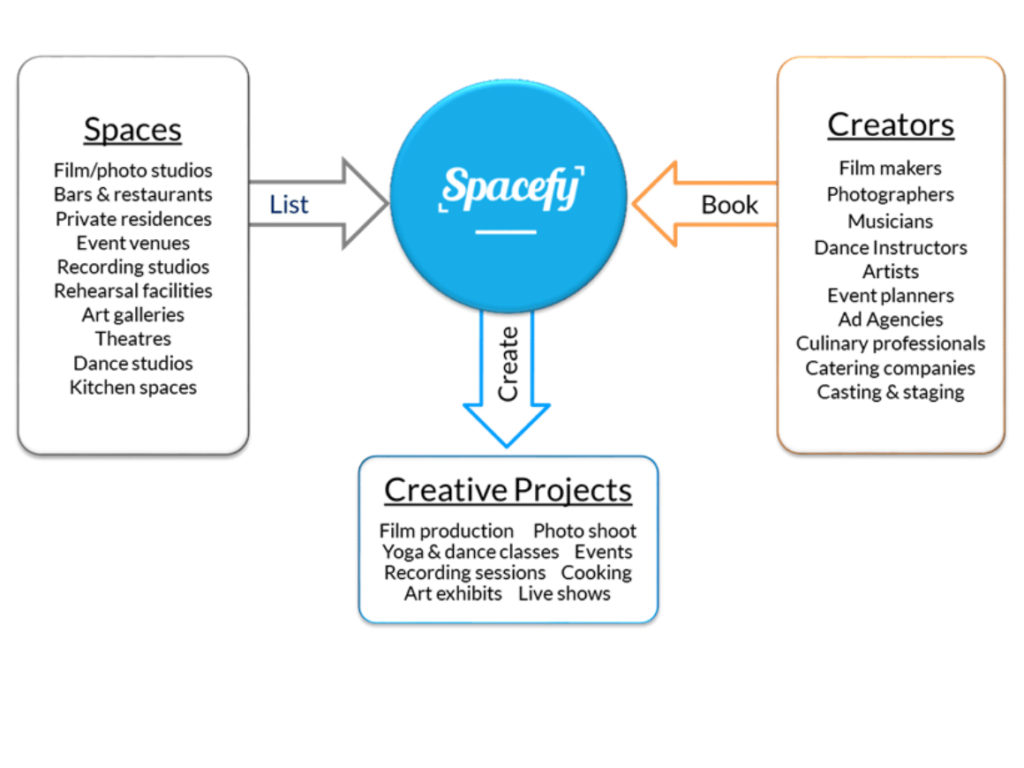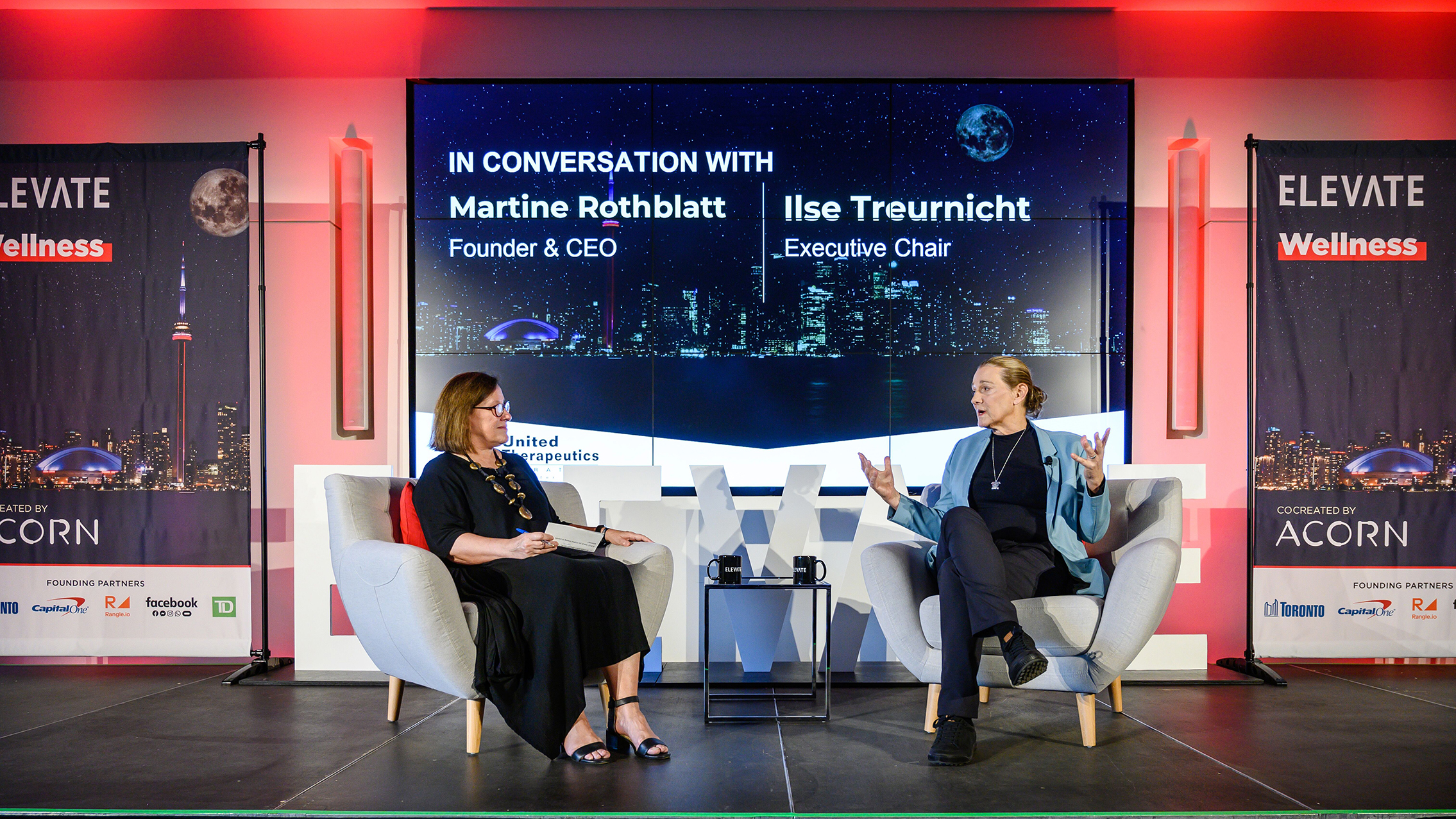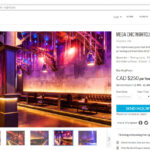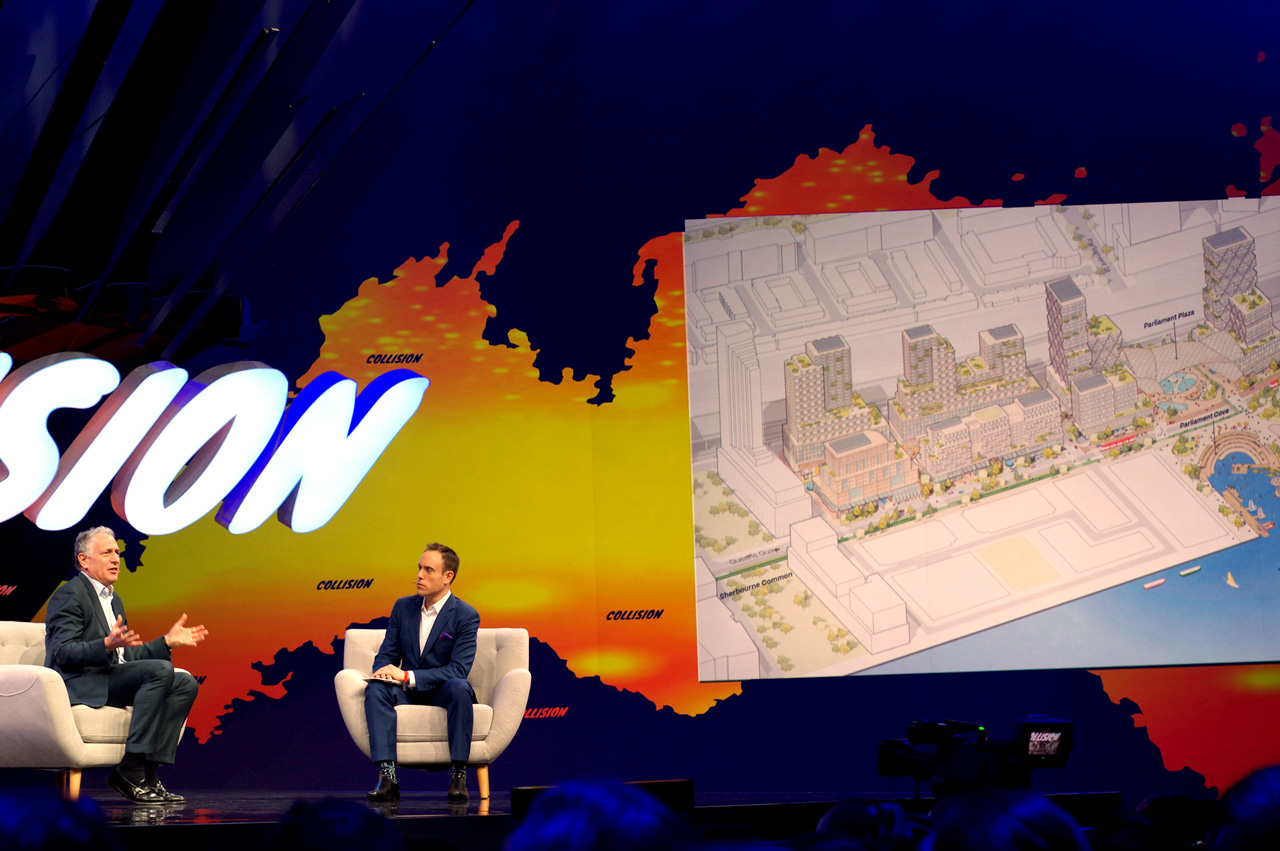

If you think your home, loft or commercial space would make for an interesting backdrop for a movie; an event space; a studio or for other audio/visual production content, then Spacefy might be your next stop.

In the great wash of startups, the deluge of products and services that are now offered has become unbearably, if not impossibly, consumable. These days, tech startups surface like mushrooms in a damp glen of a forest, and when ready, they emerge out from the mist with anticipatory fanfare. Refreshingly, some startups will offer completely new services or products that make practical and utilitarian sense; others will simply catch a wave and ride the coattails of technological iteration and reiteration. The unique few become so ubiquitous their brand enters the lexicon, quickly earning a spot in the Oxford English Dictionary.
To “uber it” is to take a ride as one does with a taxi service; terminology in a sense that has now become colloquial—and what was once an adjective is now a verb.

To “spacefy” your apartment isn’t yet common 21st century digital patois, but those behind the startup are working hard to make it a household name, sooner rather than later. You’d be hard-pressed to find someone who hasn’t heard of Airbnb or Uber, two companies that have been described as disruptors; companies that take staid industries and turn them on their heads. Spacefy is one such startup looking to disrupt what has traditionally been the realm of municipalities, states and provinces. At the same time, this Toronto-based company is starting to make some noise and perhaps unsettle a segment of the space-sharing market as it emerges from that misty world of startups.
Spacefy is the brainchild of co-founders Alyas Ali (pictured), Moya Semaan and Judeh Siwady (its former CEO); Spacefy’s current CEO is Russ Patterson. Upon meeting Alyas, one feels compelled to call him ‘The Beard’ because of his robust chin fur; perhaps emblematic of his character and the wizardry he brings to this endeavour. He is immediately gregarious, fun and open to discussing the trajectory the company has had since its founding in late 2014. Like the Spacefy team, he is filled with enthusiasm and vision for the heights this company can reach.

Doggedly determined to see Spacefy succeed, Alyas understands the possibilities and the global reach Spacefy can attain.
In a sense, Spacefy is one part Airbnb, as it serves to offer privately owned properties that are diverse and unique in their aesthetic offerings. If you’re out of town for a week, a month, or indefinitely, Spacefy allows to have one’s property made temporarily available for photoshoots, film productions, or commercials. Some of the spaces include fitness gyms, old heritage buildings, estate homes, dance studios, and your basic modern condo; take for example the 11 Historic Film Locations in New York. Even those behind single-day events (e.g. a yoga class, pop-up shops or model photoshoots) make use of the properties available in Spacefy’s catalogue.
As many companies now have in-house digital teams looking to add content to their website(s) and social media pages—an ever-growing segment of the gig economy—various types of independent productions looking for interesting and unique locations, now have one-stop options readily available to them through Spacefy’s site. This is particularly, but not exclusively, a boon for smaller independent creatives, boutique advertising agencies, influencers and filmmakers to exploit.
One obvious, clear distinction is that unlike Airbnb, beds are not expected for the spaces listed under Spacefy’s catalogue; that is to say, not having to share space overnight with a stranger could be more appealing for those seeking extra income through space-sharing, but not interested in hearing a twenty-something traveler snore in the adjacent room, before taking thirty-minute shower(s) the following morning(s) while you race to get ready for work. Essentially, the advantage here for listers is that one can rent out their space by the hour without having to sacrifice so much of their personal space, or at least to a lesser extent. For commercial spaces like bars and nightclubs, it allows them greater flexibility by allowing for an additional revenue stream; on days or nights when they are usually lower, they can make use of their space in such a way that might ideally ease month-to-month financial pressures.
Targeting the Film Industry and Audio/Visual Professionals
For many cinematographers and set scouters, Spacefy is a dream. If you need “something in a pinch”, Alyas explains, Spacefy saves you time with its “significantly nimble” service. For film productions, dealing with logistics and finding locations are critical to the success of any production. Setting aside the need to satiate the aesthetic choices for directors, writers, and DOPs, time is particularly at a premium, and moving swiftly within budgetary restraints is a constant to navigate. In pre-production, narrowing your sites as quickly as possible is something to be desired.

History and Competition
For decades, locations for potential film productions were provided in connection with local municipal entities, as they still do in Toronto where Spacefy is headquartered. The immediate competitors here are the Ontario Film Commission or Ontario Creates Digital Locations Library, and SetScouter, who offer a similar array of locations and spaces for film productions (top cities include Toronto, Atlanta, Los Angeles, New York, Chicago, Austin). Spacefy has already cut a slice for itself in this segment, offering over 4,000 spaces to prospective customers; however, Spacefy’s reach exceeds the grasp of those just looking to offer spaces for film productions. Their list of spaces are unique and argued to be more curatorial in their selections, are varied for a myriad of uses, not just film productions, and are made available for special events, even offering functional studios for music recordings. According to Alyas, that number is looking to increase substantially as they expand to more cities in the coming years, noting they’ve only “scratched the surface” with the thirteen they have now. This sounds incredibly reasonable seeing what the market offers and the ease-of-use of their services.

Before booking a space, you’re provided ample photos of the location, details about the space, and a map; all obligatory data in a nicely designed site. When asked whether the company had any ambitions of creating an app for their services, Alyas says they’ve considered that possibility, will continue to consider it, but at this time feels their site offers a more thorough product.
For those interested in seeing additional details on how to list one’s property, click here.
Historically, many municipalities, states or provinces, have offered spaces to location scouts through catalogues they’ve amassed over the years; in large part this includes public spaces, as well as private residences—those willing to offer their homes, offices, cottages, etc. They’ve had decades to accrue property profiles into the tens of thousands, primarily for film productions, in an attempt to solicit business from filmmakers with the perfect backdrop.
To some extent, it seems that one logical step for Spacefy would be to partner with local government agencies interested in simplifying the process, but perhaps it makes even more sense for the company to move independently and to disrupt what is inviting itself to be disrupted. In cities similar to Toronto that are experiencing a boom in development, but where spaces are still at a premium, Spacefy’s bounty of offerings can increase commensurate with the surge of new spaces attendant with such growth.
With this development boom, the Toronto landscape has changed at a pace that has rendered it unrecognizable to most who live there, and with this change comes new sight-lines, buildings, penthouses, communities, backdrops and ultimately new points of interest. For consecutive years, Toronto has been crowned the “King of Cranes,” with one recent article prompting the headline, “Toronto’s condo boom is so big, the city has more cranes than New York, L.A. and Chicago combined”. Cities akin to Toronto are evolving, and when they do, the library of possible locations grows with them, greatly benefiting Spacefy and those looking to share new spaces.
For Spacefy, 2019 Has Been A Busy Year
Recent accomplishments for Spacefy include attending the Collision Tech Conference, where they were shortlisted for the conference’s Start-Up Competition as a finalist during the conference’s live PITCH competition. They were in competition with a startup backed by co-investor Mark Cuban called Lolliware; a tech materials company looking to engineer seaweed into a product that looks and functions like plastic to replace traditional, petroleum-based plastics. Aiming to serve a more prescient need—and undoubtedly speaking to most in the Collision crowd—Lolliware won the competition. Regardless of the outcome, it is nevertheless impressive, considering this kind of competition.
Spacefy also added to their Board of Directors, adding Kelly Payne, a Program Consultant for Ontario Creates (formerly the OMDC); Michael Bradley, Chief Marketing Officer and Director and FutureVault was appointed new Board Chair; and former COO of eBay Canada, Russ Patterson, was appointed CEO of the company.
More notably, perhaps, and in more recent news, having already reached over 4,000 spaces (itself an accomplishment), Spacefy listed their company on the CSE.
Attempting to Reach Ubiquity and Everyday Colloquial Speech
With all ventures you need seed funding to spur operations, conquer locally, reach living-rooms nationally, and then hit mainstream consciousness globally. So far, Spacefy has followed this principal hoping to reach greater public awareness; to vault their services in short order; and eventually have it parleyed beyond major North American markets.
Its predecessors and current competitors have relied on word-of-mouth and location scouts, as most don’t know where to enquire to have their space made available for traditional film productions. More importantly, most don’t even stop to think to list their property for a film production. On the face of it, it seems this is Spacefy’s greatest challenge: outreach (marketing) and finding spaces that are more uniquely discerning in aesthetic value.
It has taken decades for municipalities and other entities to amass their catalogues, but in a short period of time, Spacefy has carved into them with their own. In large part, it will be up to Spacefy scouts to outreach in cities that are currently (and soon-to-be) under Spacefy’s catalogue, and to add spaces to their library with a curatorial eye.
Currently, Spacefy is available in five major markets (Atlanta, Toronto, Los Angeles, Vancouver and New York); areas that are heavily populated with film and digital media productions and a multitude of film, marketing and advertising companies, alongside a general population of various independent creatives, collaborators and instructors looking for newer, fresher spaces. With a dollop of marketing and a pinch of strategic scouting, the recipe to launch this startup to great heights seems to be in the hands of those helming administrative operations. Perhaps, someday, one will hear with great frequency, a new verb: “Spacefy”.



















